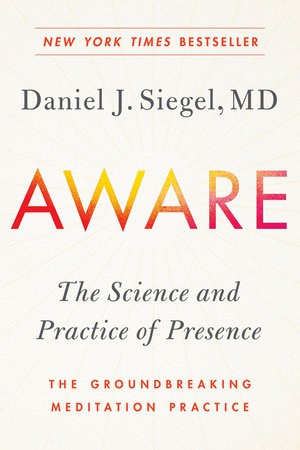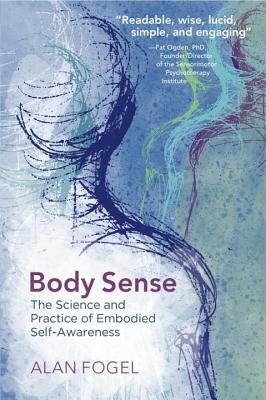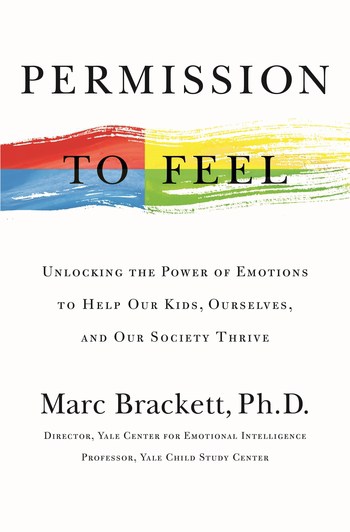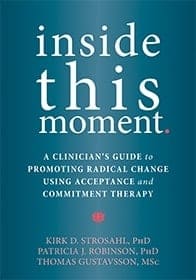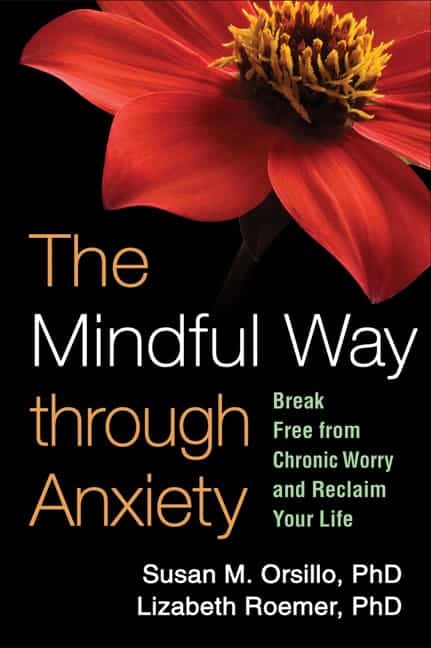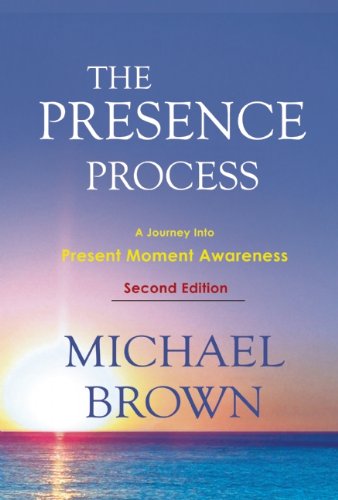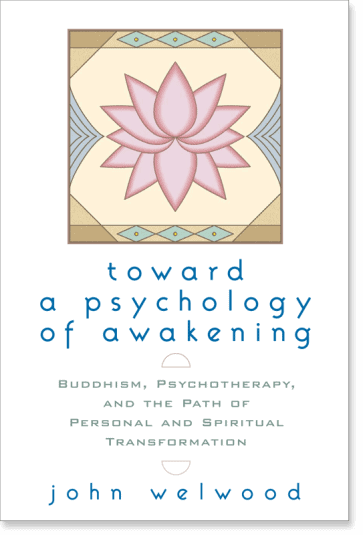Mindfulness and Presence
Mindful Awareness
THC Editorial Team April 21, 2021

Contents
- Overview
- Awareness, Health, and Mental Wellness
- Therapies With a Core Component of Mindful Awareness
- Benefits of Practicing Mindful Awareness
What Is Mindful Awareness?
Awareness is a process by which experiences enter consciousness.1 It is a foundational aspect of many ancient practices and traditions such as meditation and Zen Buddhism.2
Mindfulness, a related concept, is a process that aims to achieve a peaceful, balanced, and embodied state of mind characterized by an open, accepting, and nonjudgmental awareness of the present—including one’s current thoughts, emotions, bodily sensations, consciousness, and environment.3
Mindful awareness, the ability to perceive such inner sensations and experiences, can be unfamiliar and challenging for many individuals, but it may also be cultivated with practice.4
Awareness, Health, and Mental Wellness
In the field of mental health, different forms of awareness are incorporated into several therapeutic practices, particularly mindfulness-based approaches to therapy. Increasing awareness, like increasing conscious experience or field of vision, can have many benefits.
Mindful awareness of the inner body, or interoceptive experience, can promote inner states of equilibrium.4 This type of inner awareness focuses on both the clear and the more subtle sensations of a person’s physical body as well as on the conscious perception of their nonphysical (i.e., energy) body.
Embodied self-awareness, another description of mindful awareness of the body, promotes the ability to pay attention to a person’s senses, emotions, and movements in the present without the mediating influence of judgmental thoughts.5
Such approaches encourage clients to view difficult experiences with a nonjudgmental sense of compassion. They also help clients avoid ineffective attempts to change or fix their inner experiences. They enable clients to consider problems from a clearer, more grounded, and more embodied state. That clarity, in turn, may lead to healthier choices and outcomes.1 Mindful awareness can improve a person’s general outlook and sense of self by helping disrupt unhealthy patterns of thought, response, and action.6
Therapies With a Core Component of Mindful Awareness
Dialectical Behavior Therapy (DBT)
Dialectical behavior therapy (DBT) is a comprehensive, evidence-based form of therapy that blends cognitive behavioral therapy (CBT) with awareness, acceptance, and validation. DBT offers individuals strategies to handle stress, develop and maintain healthy relationships, regulate emotions, and live in the present.
Researchers have demonstrated that DBT can help people who have borderline personality disorder,7 major depressive disorder,8 anxiety disorders,9 and other mental health conditions.
Emotion-Focused Therapy
Emotion-focused therapy involves emotional awareness, regulation, and transformation. During this form of therapy, individuals learn how to become more deeply aware of their emotions and emotional experiences. The goal is to generate insights and alternatives.10
Researchers have demonstrated that emotion-focused therapy can effectively treat depression, trauma and abuse, and problems within interpersonal relationships.11
Psychodynamic Psychotherapy
Psychodynamic psychotherapy, also known as contemporary psychoanalytic therapy, assumes that psychological challenges originate from powerful unconscious forces that are unexpressed or stuck. It also posits that people must constantly monitor and suppress such forces to prevent them from entering conscious awareness.12
Psychodynamic therapy helps people identify and explore the foundations of unconscious patterns that prompt challenging behaviors or feelings. When people consciously recognize such internal patterns, they can begin to change associated behaviors and feelings in productive ways.13,14
Research has shown that psychodynamic therapy can effectively treat depression, anxiety, panic, eating disorders, substance-related disorders, personality disorders, and more.15
Gestalt Therapy
Gestalt therapy is part of a humanistic, experiential approach that considers individuals to be “complex self-organizing system[s]” and emphasizes human capacity for growth, improved functioning, and “reflective consciousness” (i.e., the ability to reflect on the past, present, and future).16
Gestalt therapy suggests that healthy change occurs when a person accepts their experiences rather than when they try to modify, deny, or disown them. Gestalt therapy promotes the importance of mindful awareness and of accepting personal responsibility in life.1
Research has shown that gestalt therapy reduces anxiety and depression levels, improves relationship issues and self-esteem issues, increases mindfulness and kindness, and more.16,17
Acceptance and Commitment Therapy (ACT)
Acceptance and commitment therapy (ACT) uses acceptance, mindfulness, commitment, and behavioral strategies to improve a person’s ability to flexibly respond to life’s challenges. ACT uses a wide range of techniques to help people establish a strong and healthy sense of self, cultivate presence, choose guiding values, and commit to implementing their values.
ACT is often used to treat anxiety disorders (e.g., generalized anxiety disorders and social anxiety), depression, obsessive-compulsive disorder, psychosis, substance use disorders, eating disorders, and chronic pain.18
Mindfulness-Based Cognitive Therapy (MBCT)
Mindfulness-based cognitive therapy (MBCT) is a form of therapy that alleviates anxiety by encouraging people to attend to their present experiences and physical sensations with a nonjudgmental sense of openness and curiosity. MBCT uses mindfulness techniques and tools to disrupt people’s negative, habitual, and irrational thought processes by decreasing their cognitive reactivity to such thoughts.
Research has shown that MBCT can help people with major depression, anxiety disorders, and bipolar disorder.19
Mindfulness-Based Stress Reduction (MBSR)
Mindfulness-based stress reduction (MBSR) is a structured group-training program based on mindfulness practices such as meditation, breath-focused awareness, and yoga.20
MBSR has been used to treat a variety of physical and psychological conditions including anxiety, depression, chronic pain, fibromyalgia, cancer, stress, and more.21
Body-Centered Psychotherapies: Somatic Experiencing (SE)
Somatic experiencing (SE), a form of body-centered psychotherapy, was developed by pioneering traumatic stress researcher Peter Levine in the 1970s. SE directs people to be aware of their internal, body-oriented sensations as they gradually approach charged traumatic memories. SE claims that people are able to change and heal when they enter this storm of bodily sensations and emotions with mindful awareness.22
SE is primarily used to treat symptoms associated with traumatic stress.
Benefits of Practicing Mindful Awareness
Mindful awareness can promote “internal attunement” (i.e., being attuned to one’s inner body) and integration (i.e., accepting and allowing the coexistence of internal states), both of which can generate positive outcomes and better health.6
Other demonstrated therapeutic benefits of mindful awareness include the following:
- improved overall well-being4,6
- increased embodiment (i.e., the sustained ability to experience one’s body)4
- improved emotional regulation4
- increased relationship satisfaction4
- increased engagement with and appreciation of natural beauty23
- enhanced creativity24
- improved mental health in adolescents25
- behavioral regulation in elementary school children26
In addition, several research studies have illustrated the benefits of practicing mindful awareness. For example, Brian Ostafin, from the University of Groningen, and Kyle Kassman, from North Dakota State University, studied the effects of trait mindfulness (the ability to sustain present-moment awareness) on insight problem solving (problem solving that emerges from insight, or an “aha” moment, rather than a purely analytical process). The researchers measured trait mindfulness among 157 participants, over two studies, by administering the Mindful Attention Awareness Scale (MAAS), and then having them complete a series of insight and non-insight problems. They found that trait mindfulness improved insight problem solving and concluded that mindfulness enhances creativity.24
In a pilot study published in the Journal of Adolescent Health, researchers discussed results from an outpatient mindfulness intervention called Mindful Awareness and Resilience Skills for Adolescents (MARS-A). The intervention, which trained participants in mindful awareness and resilience techniques, was conducted over 8 weeks with 31 participants who ranged in age from 14 to 17 years old and who experienced symptoms of depression or anxiety. In the study, researchers found that the MARS-A intervention notably decreased perceived stress scores, psychological distress, and depressive symptoms.25
In yet another study, supported by the Mindful Awareness Research Center at the University of California–Los Angeles, researchers evaluated 64 children from 7 to 9 years old. In the study, researchers randomly assigned the participants either to a school-based mindful awareness practices (MAPs) program, which consisted of two 30-minute sessions per week for 8 weeks, or to a control group, which had a silent reading period. The MAPS program was adapted from classical mindfulness training for adults, and primarily included age-appropriate awareness training (e.g., awareness of self, others, and environment). In the study, researchers demonstrated that children who were delivered the MAPS program experienced improved behavioral regulation across various settings. The program was particularly effective among children who began with lower executive function, or behavioral regulation scores.26











